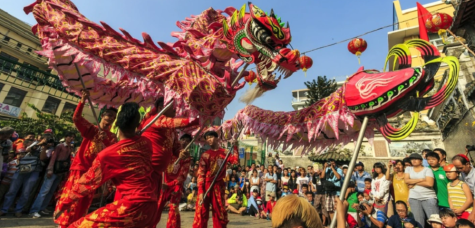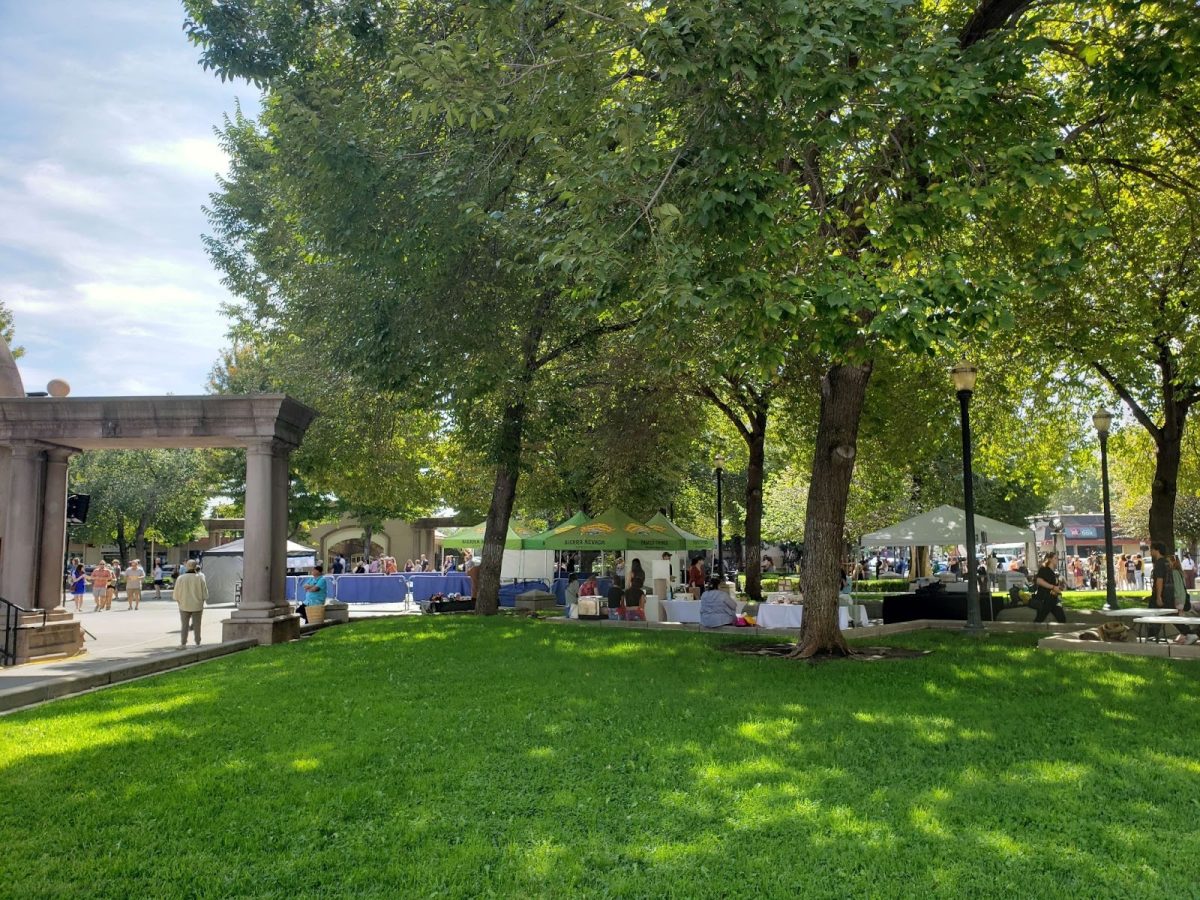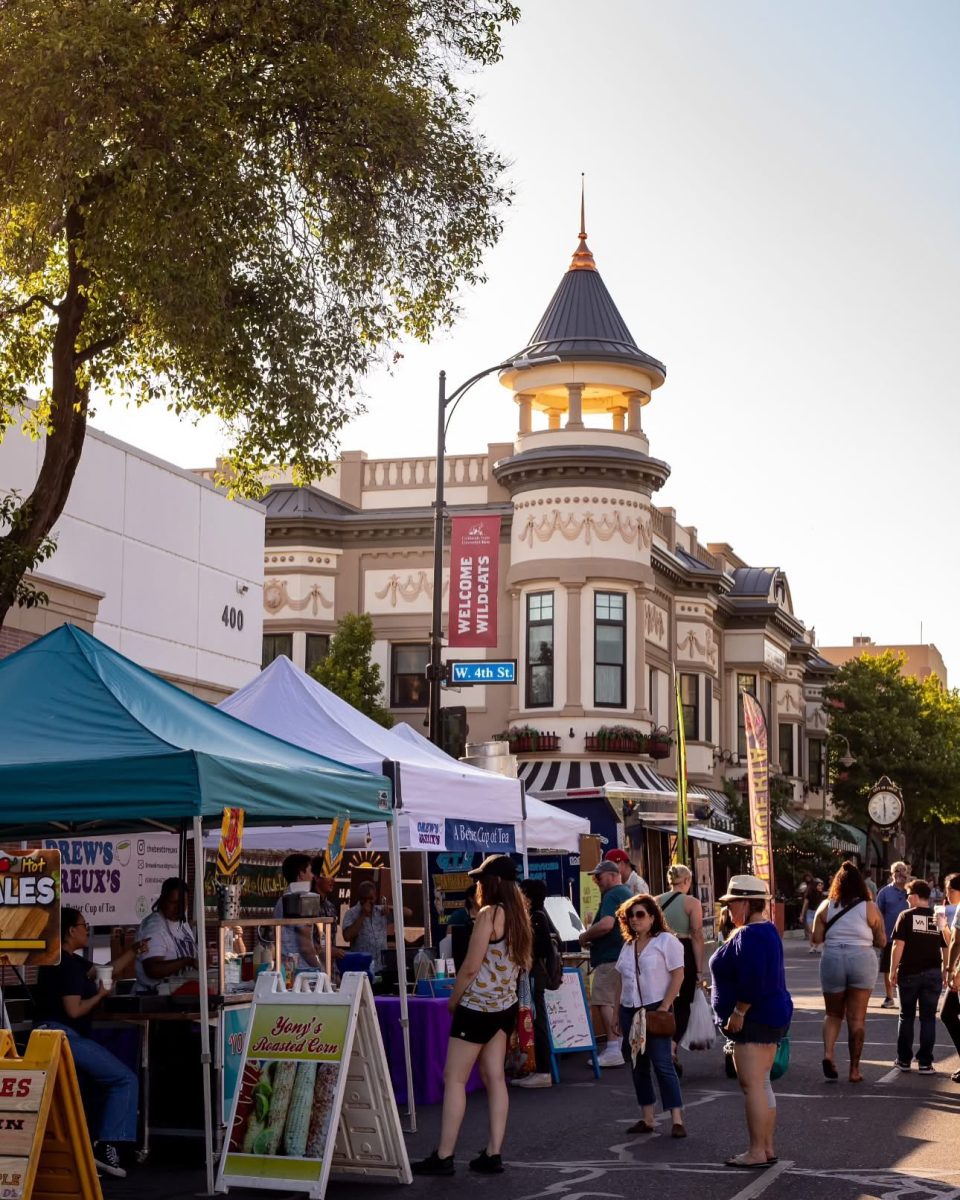All You Need to Know About Vietnamese New Year
Vietnam has been heavily influenced by the Chinese. China’s heavy presence in Asia and its history have spread its traditions and culture towards other countries. As such, countries like Vietnam have developed similar customs like Tết or Lunar New Year. Tết, short for Tết Nguyên Đán, or “Festival of the First Morning of the First Day.” is easily the most important Vietnamese celebration of the year. Celebrated on the second new moon after the winter solstice, Tết is a time for pilgrimage and family reunions. As people travel from all over the country to reunite with their families, people start to forget about the troubles of the past and hope for a better and happier upcoming year. Although there are many similarities between Tết and other Asian new year traditions, there are several aspects that distinguish it from others.
Origins
Vietnam is one of the oldest agricultural countries in Southeast Asia. The Vietnamese Lunar New Year’s meaning originated from the celebration of a new crop season. Vietnamese people celebrate Tết to express their gratitude for great harvests after a hard year of cultivation.
Meanwhile, the Chinese New Year comes from the tradition of fighting against a Nian (what we know as a dragon today). According to Chinese mythology, the Nian would come out of his hiding place to feed and disturb a peaceful village. In order to repel it, people hung red lanterns and letters to repel this beast.

Traditions, Food, and Customs
Vietnamese people have a custom of planting the Neu tree. The tree is a five-meter tall bamboo shoot, with things like votive papers, amulets, or alcohol bottles made of straw hanging from the top, to ward off the evil spirits that harass homes.
On the first day of Tết, every member of the family would gather for a grand banquet to reunite after a year apart. They would eat dishes like Banh Chung (Bang Choong), Banh Tet (Bang Tit), etc because of their importance in the myths and history of Vietnam.
In contrast, Chinese people often eat dishes that they believe will bring them luck, which usually includes fish, dumplings, noodles, melon seeds, or Oranges.
Tree and Flowers
In Vietnam, peach and apricot trees are thought to bring prosperity and fortune to the whole family. Although Northern Vietnam prefers peach blossoms as opposed to apricots in the South, the
presence of both on the table is integral to celebrating Tết with loved ones. Recently, however, people have also used the kumquat tree as a symbol of luck and prosperity.
Throughout Chinese New Year, people will use apricot flowers, narcissus, and eggplant on their tables, as they represent luck, fortune, and healing accordingly.
Although Chinese New Years’ are very similar due to the influence of China throughout its history, the addition of different aspects and perspectives to Tết has made it distinctive from other Lunar New Year celebrations. To that end, the Vietnamese people have made the tradition their own.

Ethan is a senior and this is his second year on the Saga. He likes to play video games like Valorant in his free time.





























